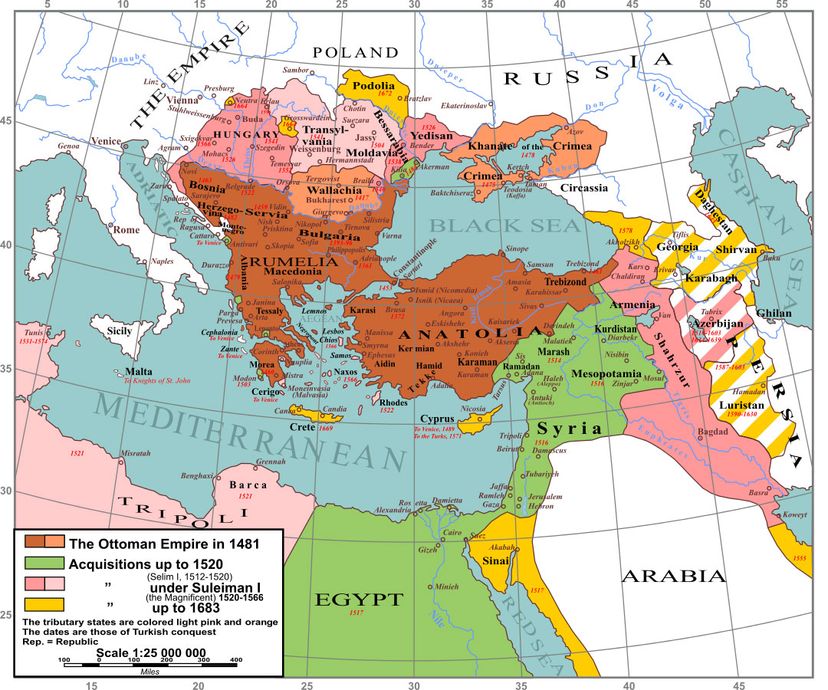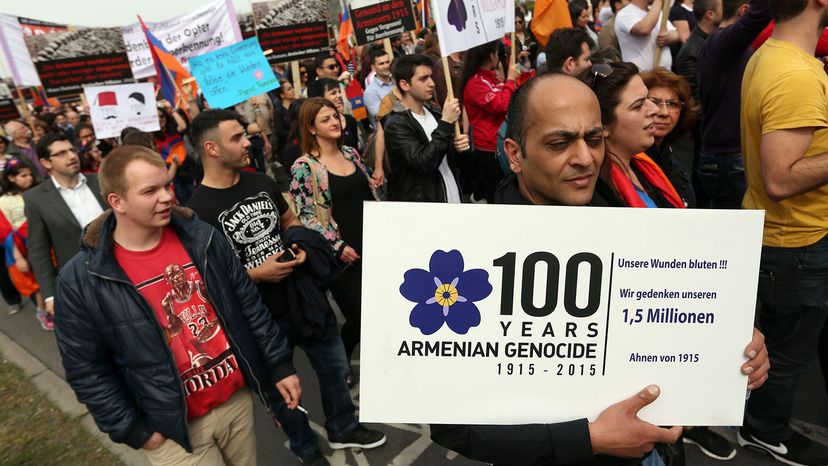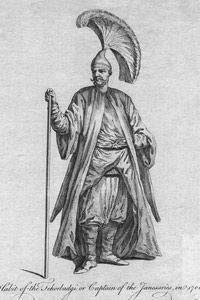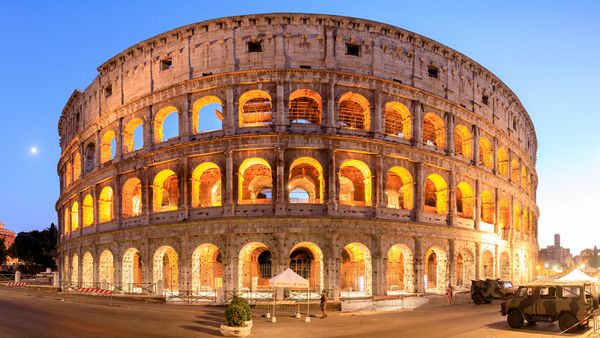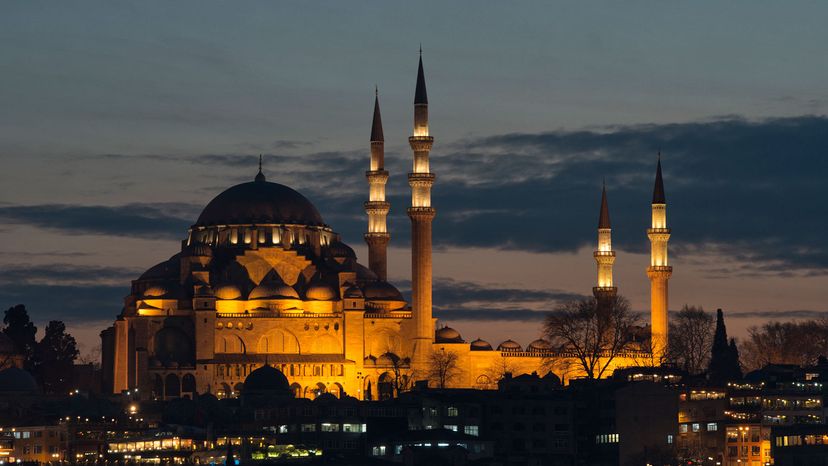
The Ottoman Empire was one of the largest superpowers and longest-lived dynasties in world history. At its height, the Islamic empire extended far beyond modern-day Turkey — from Egypt and Northern Africa through the Middle East, Greece, the Balkans (Bulgaria, Romania, etc.), and right up to the gates of Vienna, Austria.
In the 16th century, the Ottoman Empire was not only a dominant military force, but a diverse and multicultural society. The glory wouldn't last, however, and after centuries of political crises, the Ottoman Empire was finally dismantled after World War I.
Advertisement
So, what led to its downfall? First, let's go back to its beginnings.
